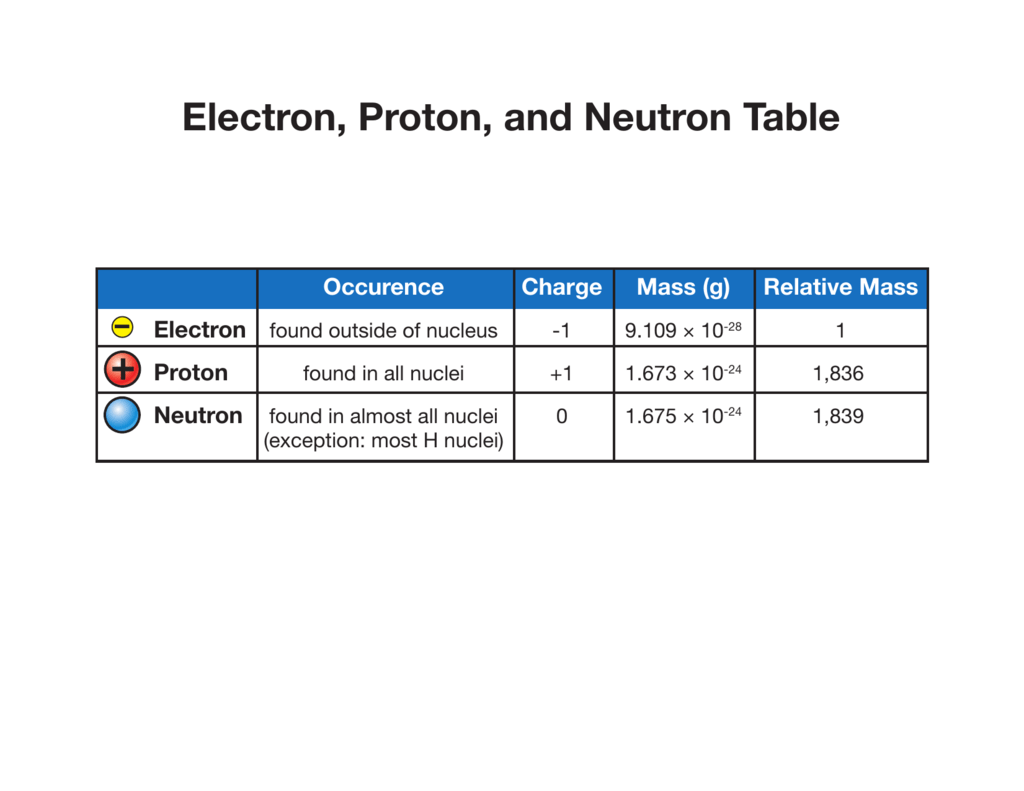


That is, there is a nonzero probability of finding the electron inside the proton itself-a probability that grows along with the radius of the proton. Some of the atomic states, labeled “S states” for historical reasons, have a wave function that is maximal at the atomic nucleus. The wave function (more accurately, the square of it) describes the probability of finding the electron at a given location and can only take certain discrete forms, which we call atomic states. In quantum mechanics, the electron takes the form of a cloudlike wave function that is spread out over the size of the atom. This second cause has to do with the proton radius and the bizarre quantum-mechanical nature of the electron. Yet in recent years uncertainties in the second contributor to the Lamb shift have begun to limit scientists' predictive powers. Scientists can use QED to calculate how these virtual particles affect atomic energy levels to an astonishing precision. The first contributor to the Lamb shift comes from so-called virtual particles, phantoms that pop up inside the atom before quickly vanishing again. Even though physicists refer to the phenomena by the singular name “Lamb shift,” they have come to understand that two distinct causes are at play. These shifts were first detected in regular hydrogen back in 1947 by the late Willis E.

The group was examining subtle shifts in the energy levels of an exotic, electron-free form of hydrogen-shifts that depend critically on the size of the proton. Bernauer's experiment was poised to investigate the proton's internal structure using an improved version of a technique that had already resulted in the most accurate measurements to date. We were both embarking on measurements of the proton that would help refine our knowledge of QED. The two of us met on San Servolo for the first time. They can predict the outcomes of experiments with an uncertainty of 0.0000000001 percent.

Because of this, physicists use simple atoms such as hydrogen to test QED. To take just one example, QED explains the structure of atoms using nothing more than the laws of physics and the values of fundamental constants such as the mass of the electron. It is our best theory of electricity and magnetism because it fully describes how light interacts with matter. Dirac combined quantum mechanics and special relativity into what is now known as the Dirac equation. QED traces its history back to 1928, when P.A.M. Three decades after it closed, a few dozen physicists began to meet on the island to discuss ever more stringent tests of the best-understood theory in all of physics, if not all of science: quantum electrodynamics, or QED. The island hosted a hospital for the mentally ill until the late 1970s. Our story begins on the Italian island of San Servolo, 10 minutes by fast boat from the Piazza San Marco in Venice. And so we have a great chance to learn something new. We have reached out into the universe and pulled back an anomaly. Either we don't fully understand the proton, or we don't understand the physics that goes into the precision measurements of the proton. The difference is more than five times the uncertainty in either measurement, implying that the probability that this is all due to chance is less than one in a million.Ĭlearly, something is amiss. Our measurements of the proton's radius differ by a huge gulf. When we began the exercise, we suspected that our results would help add levels of precision to the known size of the proton. The two of us (Bernauer and Pohl), along with our colleagues, have made the most precise measurements of the radius of the proton to date, using two complementary experiments. Yet recent studies of the proton have surprised us. Today researchers trigger torrents of ultrahigh-energy proton collisions to conjure particle exotica such as the Higgs boson. Studies of the proton-its positive charge suitably bound up with a negatively charged electron to make a hydrogen atom-initiated the quantum-mechanical revolution a century ago. It is, after all, the main constituent of matter in the observable universe, the fuel of stellar furnaces. You would be forgiven for assuming that we understand the proton.


 0 kommentar(er)
0 kommentar(er)
